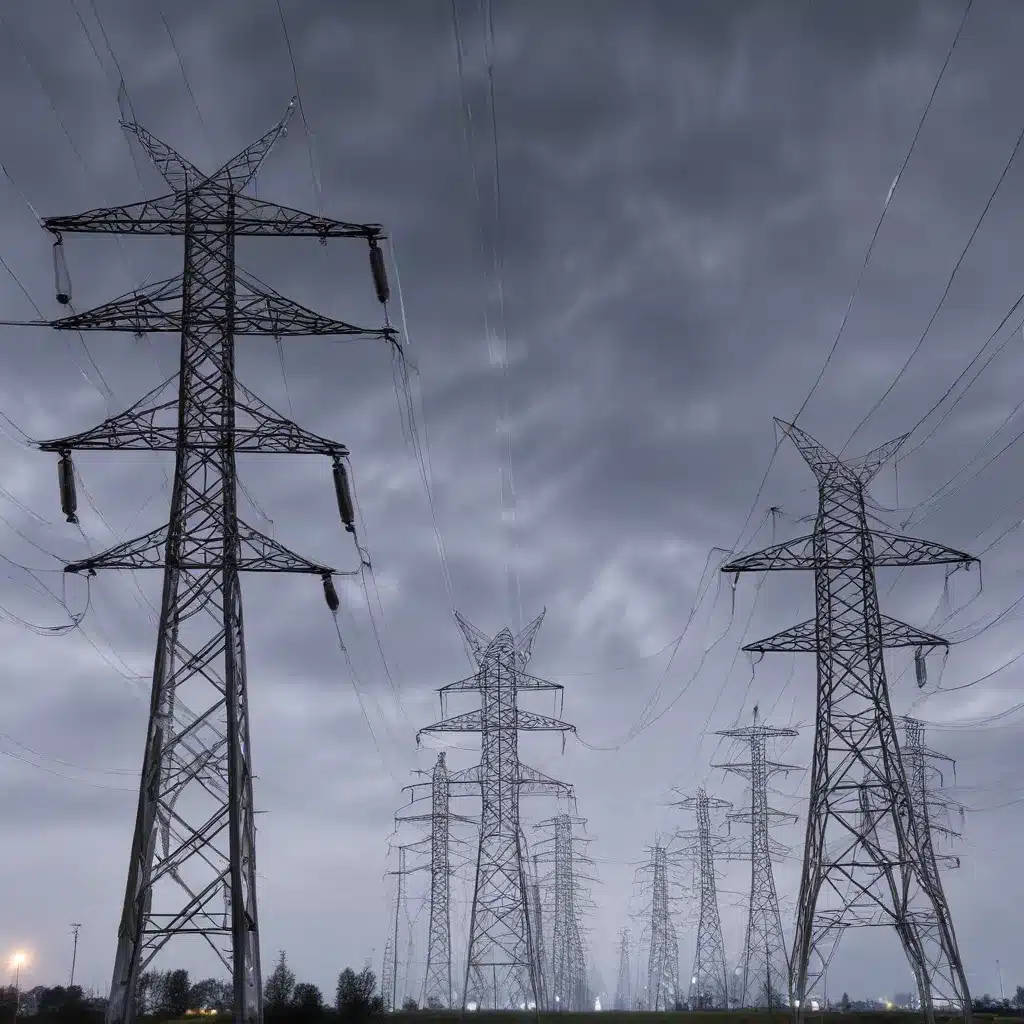
Europe’s electricity grids are facing a pivotal moment. As the continent accelerates its transition to renewable energy, the existing grid infrastructure is struggling to keep up with the pace of change. Long waiting times for grid connections, overloaded transmission lines, and unpredictable fluctuations in energy supply threaten to undermine the very energy transition they are meant to enable.
The solution lies in modernizing Europe’s electricity grids through smart grid technology—integrating digital capabilities, energy storage, and advanced demand-side management. However, deploying these innovations at scale requires innovative financing models that can bridge the gap between the upfront costs and long-term operational benefits.
Emerging Investment Opportunities
The shift towards renewable energy has created a surge of opportunities for smart grid infrastructure investment. Wind and solar installations, for example, are rapidly expanding across Europe, necessitating grid upgrades to accommodate the variable nature of these distributed energy resources. Similarly, the growing popularity of electric vehicles and rooftop solar is driving the need for grid modernization initiatives that can manage two-way energy flows and dynamic load patterns.
Beyond renewable integration, smart grid technologies also enable a range of other benefits, such as improved grid resilience, enhanced energy efficiency, and better load balancing. As a result, national and regional governments across Europe are increasingly prioritizing grid modernization as a critical component of their decarbonization strategies.
Innovative Financing Mechanisms
Traditional financing mechanisms, such as utility rate-based models or government grants, often fall short in addressing the unique challenges of smart grid projects. These challenges include high upfront costs, long payback periods, and uncertainties around emerging technologies. To overcome these barriers, innovative financing models are emerging that leverage both public and private sector resources.
Public-Private Partnerships (PPPs) are one such approach, where governments and private investors collaborate to share the risks and rewards of smart grid deployments. These partnerships can take various forms, such as joint ventures, concession agreements, or availability-based payment structures. By combining public funding, policy incentives, and private capital, PPPs can facilitate the deployment of smart grid infrastructure while also ensuring that the benefits are equitably distributed.
Another innovative financing mechanism is the use of green bonds and other climate-focused investment vehicles. These financial instruments, which are designed to fund projects with environmental or social benefits, are gaining traction in the energy sector. For example, the European Investment Bank’s InvestEU program provides credit enhancement and risk-sharing facilities to attract private investment in smart grid and energy storage projects.
Crowdfunding and community investment models are also emerging as viable options for financing smart grid infrastructure. These approaches allow local communities to directly participate in and benefit from grid modernization efforts, fostering a sense of ownership and engagement. By tapping into the collective resources and interests of citizens, these models can supplement traditional financing sources and ensure that the energy transition is inclusive and responsive to local needs.
Policies and Regulations
Supportive regulatory frameworks play a crucial role in enabling the deployment of smart grid infrastructure. Across Europe, policymakers are implementing a range of measures to incentivize grid modernization and attract private investment.
Incentives for grid modernization, such as tax credits, feed-in tariffs, or capacity market mechanisms, can help offset the high upfront costs associated with smart grid projects. Energy efficiency mandates and carbon pricing schemes can also create market conditions that favor investments in grid flexibility and demand-side management.
In addition to these direct incentives, risk mitigation strategies are essential for attracting private capital. Mechanisms like securitization of grid assets and credit enhancement instruments can reduce the perceived risk of smart grid investments, making them more appealing to institutional investors and project financiers.
Stakeholder Engagement
Successful deployment of smart grid infrastructure requires close collaboration among a diverse set of stakeholders, including utilities, technology providers, policymakers, and local communities.
Utility companies play a crucial role in this transition, as they are responsible for operating and maintaining the grid. By adopting customer-centric business models and data-driven decision making, utilities can better align their investment strategies with the evolving needs of consumers and the broader energy system. Workforce development programs can also help build the skills and expertise necessary to manage these increasingly complex grid systems.
Engaging local communities is equally important. Inclusive financing approaches, such as community-owned energy projects or crowdfunding initiatives, can ensure that the benefits of smart grid infrastructure are shared equitably. Local energy planning efforts, where citizens and municipalities collaborate to identify grid modernization priorities, can also help align investment decisions with community needs.
Investment Trends and Outlook
The global smart grid market is expected to grow significantly in the coming years, driven by the increasing adoption of renewable energy, the rise of distributed energy resources, and the need for grid resilience. While the investment landscape varies across different markets, several overarching trends are shaping the future of smart grid financing.
In developed economies, the focus is shifting towards integrated energy systems that combine smart grids, energy storage, and demand response capabilities. Digital transformation of the grid, enabled by advanced sensors, communications, and analytics, is also a key priority, as it enhances grid efficiency, reliability, and responsiveness.
In developing markets, the emphasis is on using smart grid technologies to expand energy access and promote sustainable development. Innovative financing models, such as results-based financing and blended finance, are being leveraged to mobilize capital and ensure that smart grid investments deliver tangible social and environmental benefits.
As the energy transition accelerates, the financing landscape for smart grid infrastructure will continue to evolve, with a growing emphasis on sustainability, resilience, and energy equity. By leveraging a diverse range of financing mechanisms and engaging a broad set of stakeholders, Europe can unlock the full potential of its smart grid transformation and pave the way for a more sustainable, reliable, and inclusive energy future.







